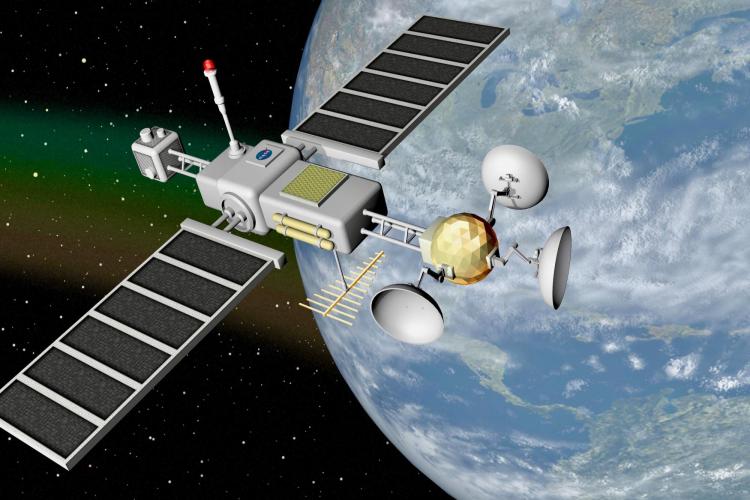General Geography
The faculty believes that both physical and human geography are essential to an outstanding program, that both are complementary and indispensible parts of the same subject. Despite individual specializations, all members of the faculty see their interests and research as ultimately related to spatial and environmental systems, human-environment relations, and the character of places.
You may choose to follow a general geography major or choose to concentrate your studies in one of four optional tracks:
 Physical Geography
Physical Geography
Climatology, geomorphology, biogeography, arctic and alpine systems, hydrology, and global change
Physical geography integrates and inter-relates landforms, water, soils, climate, and vegetation as the major natural elements of the environment. The focus of physical geography is on the zone of the land, ocean, and atmosphere containing most of the world's organic life. Physical geography not only describes natural phenomena near the surface of the earth but, more importantly, seeks explanations of how and why the physical and biological processes act as they do. Physical geography includes processes studied in other physical and natural sciences such as meteorology, geology, biology, and soil science, however, physical geography is more than a mere composite of these other sciences. It takes a uniquely comprehensive approach to the processes of the natural environment, often with an emphasis on human modifications to the environment.
 Geographic Information Science (GIS)
Geographic Information Science (GIS)
GIS, cartography, and remote sensing
Geographers have an ongoing concern with the acquisition, manipulation, and representation of spatial data. The widespread adoption of digital technology coupled with management of very large spatial data sets has led to the development of Geographic Information Science. Particularly with respect to digital information, the nature of geographical data that vary with scale, time, and spectral characteristics presents unique problems for geographers and environmental scientists. In our world of massive amounts of information, geographers use remote sensing methods for collecting and integrating geographical data. They utilize cartography and geographic information systems to uncover spatial patterns and trends, to reconstruct past environmental conditions and to predict future scenarios. The use of such methods requires expertise not covered in human and physical geography concentrations. Conceptually, the societal, political and ethical implications of geographic information in policy and decision-making are only beginning to be understood, and this forms an important component of study in geographic information science. The dissemination of geographic knowledge at all levels of education forms another important component of this.
 Human Geography
Human Geography
Population, political, urban, social, and cultural geography
Human geography first and foremost involves the study of human beings--more specifically, of the organization of human activity and of spatial patterns as they affect and, in turn, respond to the world about us. The processes under study derive from distinct, but interactive, substructures: pursuit of livelihood (economic), social interaction (socio-political), and historical inertia and meaning (cultural). The products are change, conflict, diffusion, differentiation, and repetition in the human organization of the land. These same human processes will interact with biophysical processes, (e.g., air quality or plant introductions) to shape humanized landscapes and regional character. Human geographers typically investigate problems associated with locational strategies and human decisions. Such problems cut through subjects as diverse as analysis of regional markets, racial segregation in cities, migration flows, hazardous sites, international development, medieval landscape patterns, or formulation of impact statements.
 Environment-Society Relations
Environment-Society Relations
Human dimensions of environmental change; natural resources; conservation behavior
From its earliest development as an academic field, geography has been concerned with the manifold relations between societies and their natural and built environments. Societies adapt and transform the environments they inhabit. They depend upon the use of resources and reduction of hazards for their survival and material well-being. They also assign meanings to the environment that vary over place and time, but that help define their identity and values within the world. Geographers tend to study these phenomena under the broad headings of resource use, natural hazards, sustainable development, landscape studies, cultural ecology, and environmental conservation. The University of Colorado has special strength in land and water resource issues in the American West, Africa, Latin America, and Asia. Students concentrating on environment-society relations are advised to take the introductory courses in human and physical geography and then, depending upon their academic interests and aims, to concentrate on specific topics and regions in the environment-society area.

